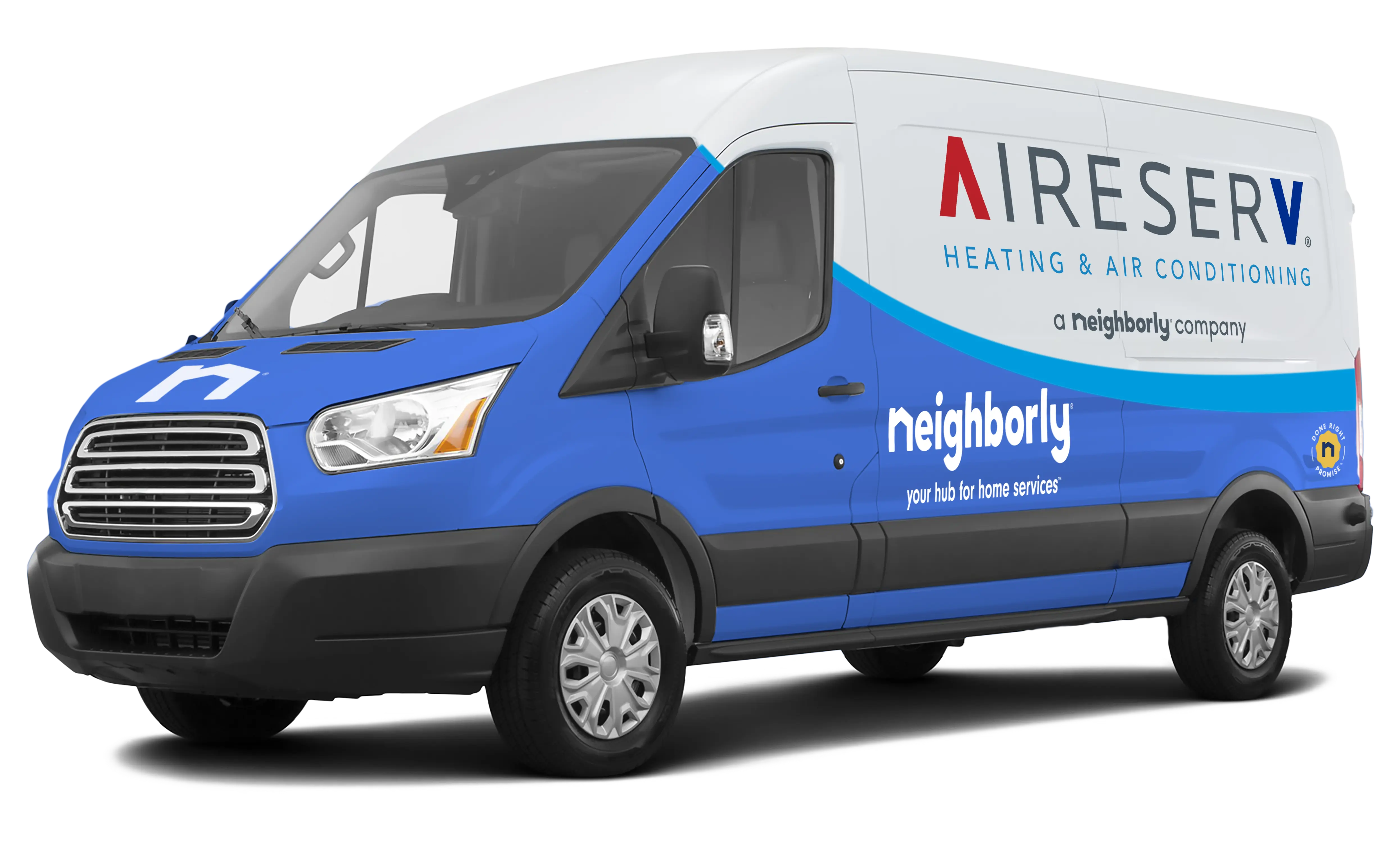Winter in Northeast Ohio brings chilly temperatures and increased reliance on heating systems. While furnaces, boilers, and heat pumps keep homes warm, improper operation or neglect can create a hidden danger: carbon monoxide (CO).
Carbon monoxide is a colorless, odorless gas that can be deadly if inhaled. Ensuring your HVAC system is safe and functional is critical for protecting your family during the cold months.
This guide explains carbon monoxide risks, detection, and HVAC maintenance strategies for safe winter living.
1. Understanding Carbon Monoxide Risks
Carbon monoxide is produced by incomplete combustion of fuel, such as natural gas, oil, or propane. Key sources in the home include:
- Furnaces and boilers with dirty burners or blocked vents
- Fireplaces and wood stoves with improper ventilation
- Gas-powered water heaters or space heaters
Even small leaks can be dangerous over time. Symptoms of CO exposure include headaches, dizziness, nausea, and fatigue, which can be mistaken for flu or seasonal illness.
2. Install and Maintain Carbon Monoxide Detectors
Detection is the most effective safety measure:
- Install CO detectors on every level of your home, particularly near bedrooms.
- Test detectors monthly and replace batteries annually.
- Replace detectors every 5–7 years according to manufacturer instructions.
Working CO detectors provide early warning, giving your family time to evacuate safely.
3. Schedule Annual HVAC Inspections
Professional maintenance reduces CO risks by ensuring your heating system operates safely:
- Inspect burners, heat exchangers, and flues for damage or blockages.
- Clean vents and ducts to prevent buildup that could restrict airflow.
- Test the system for proper combustion and venting to ensure complete fuel burning.
A thorough inspection can identify hazards before they threaten your family’s safety.
4. Keep Vents and Chimneys Clear
Proper ventilation is crucial for safe combustion:
- Ensure outdoor vents and chimneys are free from leaves, snow, or debris.
- Never block or cover vents with furniture or storage items.
- Inspect chimney liners for cracks or deterioration to prevent CO leaks into the home.
Maintaining clear airflow channels allows exhaust gases to safely exit your home.
5. Recognize Early Warning Signs
Your HVAC system can provide clues if something is wrong:
- Yellow or flickering flames in gas appliances indicate incomplete combustion.
- Soot buildup around vents or burners can signal inefficient burning.
- Strange odors or excessive condensation around the unit may indicate a problem.
Observing these signs and taking immediate action is key to preventing CO exposure.
6. Safe Practices for Homeowners
Simple lifestyle practices further reduce CO risks:
- Never use gas ovens or grills indoors for heating.
- Avoid running vehicles in attached garages, even with the door open.
- Educate family members about CO symptoms and emergency procedures.
A combination of equipment maintenance and safe habits enhances protection.
7. Plan for Emergency Situations
Even with precautions, it’s important to have a response plan:
- Keep emergency numbers handy for HVAC professionals and poison control.
- Evacuate immediately if CO detectors alarm, and call 911 from outside.
- Have a backup heating source, like an electric space heater, if safe and properly used.
Being prepared ensures you can respond quickly and minimize danger.
Final Thoughts
Carbon monoxide is a serious winter hazard in Northeast Ohio, but proactive measures can prevent exposure. Installing detectors, scheduling professional HVAC inspections, maintaining vents, recognizing warning signs, practicing safe habits, and planning for emergencies all contribute to a safe and warm home.
Taking these steps not only protects your family but also ensures your HVAC system operates efficiently and reliably throughout the winter months.

